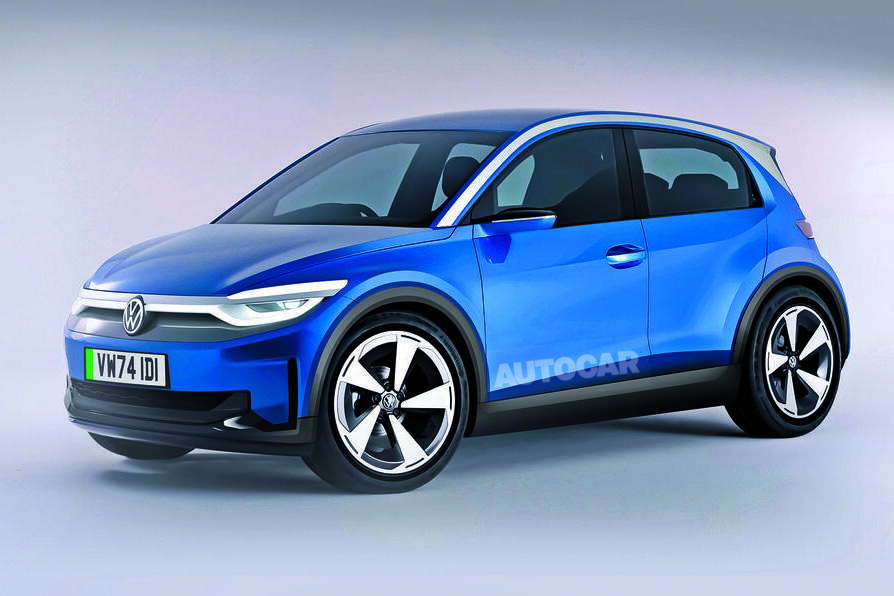Jamie Ellis and his team at Twisted Development are known for their expertise in building high-performance motorcycles for various types of racing. Test rider Carson Brown is renowned for his ability to ride any two-wheeled vehicle with remarkable speed. It’s no surprise that we joined forces with Twisted Development to create a Yamaha motorcycle for Carson Brown to race at the Wiseco Two-Stroke World Championship presented by Fasthouse at Glen Helen Raceway.

BIG BUILD
In order to win races, a fast machine is not enough. Reliability, handling, dedication, and a bit of luck are also crucial. When building a bike for the two-stroke Open class, where there are no restrictions on displacement size, finding the optimal cubic capacity is key.
Twisted Development’s solution was to build a YZ300 for Carson Brown. This involved starting with a mid-2000, aluminum-framed Yamaha YZ250 and adding an Athena YZ300 big-bore kit. The kit includes a cylinder, head, top-end gasket kit, piston kit, and power valves.

However, Twisted Development went beyond simply installing the Athena kit. They conducted extensive research and development with top-level professional racers to modify the head and port the cylinder in-house. They also replaced the forged piston in the Athena kit with a cast piston of their own specifications. The bottom end received attention as well, with a balanced crank, atomized texture on the Yamaha YZ250 rod, polished transmission, and a Hinson billet-proof clutch system.

The stock intake system was replaced with a Moto Tassinari VForce system, and the carburetor jetting was adjusted to accommodate the VP MXRO2 race gas and the engine modifications. The power production was finalized with the addition of a hand-built Pro Circuit works pipe and 304 factory sound silencer.
For the chassis setup, Carson Brown’s race bike used a wheelset from Dubya USA with Haan billet-aluminum hubs, oversized stainless steel spokes, and blacked-out Excel rims. The wheels were equipped with Dunlop MX33 tires.

Enzo Racing handled the suspension needs, utilizing a performance shock linkage arm from Pro Circuit to enhance stability and provide a more controlled feel. The aesthetics of the YZ300 were customized with an all-black Acerbis plastic kit, a custom graphics kit from Fusion Graphix with purple accents and embedded glitter flakes, and a white Guts Racing gripper seat cover.

BIG RESULTS
The results speak for themselves. Carson Brown emerged as the 2023 Wiseco Two-Stroke World Champion in the Open Pro class. This machine was specifically tailored for a professional-level rider like Carson, but Twisted Development has successfully used the same performance engine platform for skilled riders of different levels. The engine performance surpasses that of the stock YZ250 in every aspect.
The Twisted Development engine delivers usable power right off the bottom, eliminating the need for excessive clutch input that the stock YZ250 requires. The midrange of the powerband provides exceptional pull, comparable to other high-performance two-stroke builds. While the Vortex ignition might sign off slightly earlier on the top end compared to the stock YZ250, the acceleration is significantly faster. Twisted Development offers maps that allow for longer over-rev if desired.
During testing, Twisted Development proved their expertise in engine packages and understanding of engine characteristics. The overall chassis and suspension setup on Brown’s race bike leaned towards the stiffer side but worked exceptionally well, especially when the bike was ridden more aggressively. The combination of Enzo-valved internals and the Pro Circuit performance shock linkage proved effective. With some assistance from Dave Dye, the bike was dialed in perfectly for Carson Brown.









